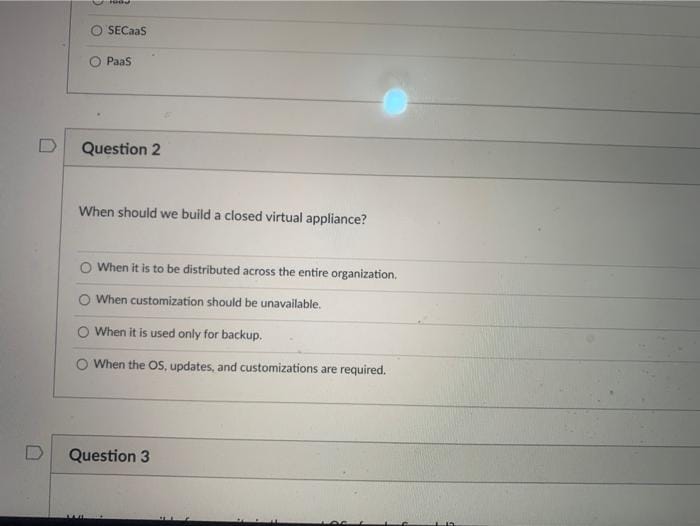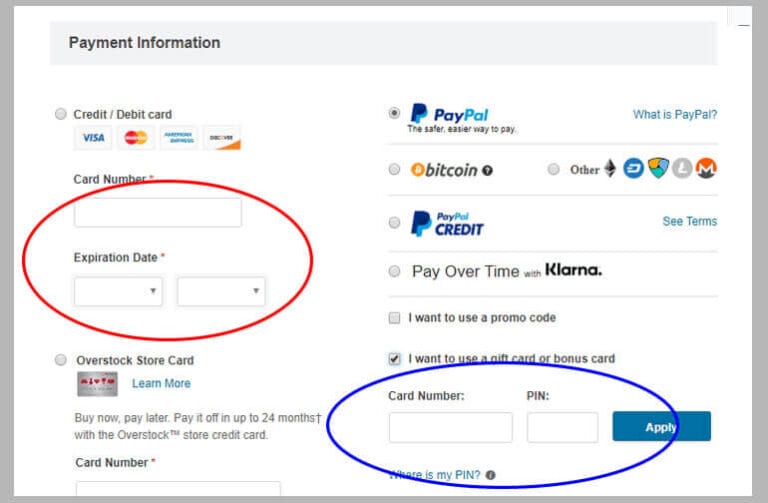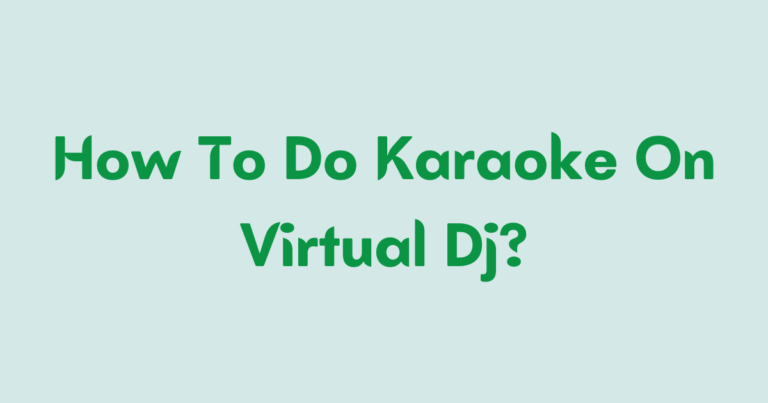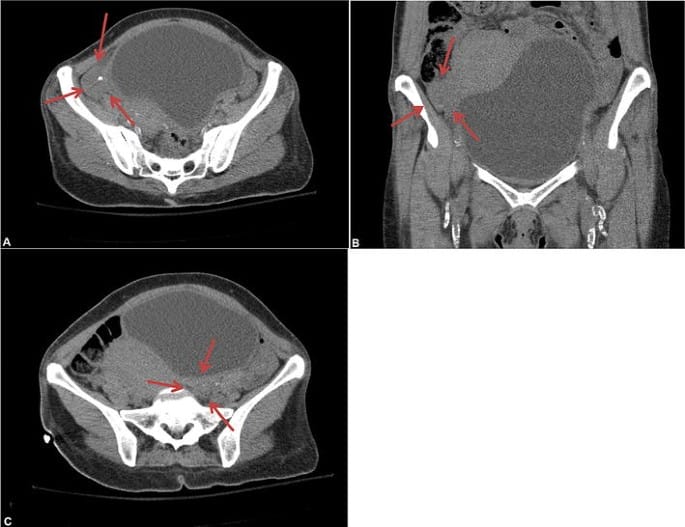
When it comes to building a closed virtual appliance, the question of “when” becomes crucial. So, let’s dig in and uncover the key factors to consider in making this decision.
You might be wondering, “What is a closed virtual appliance, anyway?” Well, think of it as a self-contained bundle of software that includes not just the application but also the operating system and any dependencies it needs to run smoothly.
In this article, we’ll explore the scenarios where building a closed virtual appliance makes sense and when it might be better to explore other options. Ready to dive in?
When Should We Build a Closed Virtual Appliance?
Closed virtual appliances should be built when there is a need for a secure and controlled environment. They offer a range of benefits, such as simplified deployment, reduced maintenance, and increased security. By packaging everything into a self-contained unit, closed virtual appliances ensure consistent performance and minimize compatibility issues.
They are particularly useful when working with sensitive data or when deploying applications in regulated industries. Building closed virtual appliances can save time, effort, and resources, providing a reliable solution for specific use cases.
1. High Security Requirements
In environments where security is of utmost importance, a closed virtual appliance can be the ideal solution. Closed virtual appliances are pre-configured and hardened by design, making them resistant to vulnerabilities and reducing the risk of unauthorized access.
This is particularly beneficial when dealing with sensitive data, such as financial information or personal records. By using a closed virtual appliance, you can ensure a higher level of security without having to rely on manual configurations or third-party software.
Another advantage of closed virtual appliances is that they often come with built-in security features, such as firewalls and intrusion detection systems. These additional layers of protection can help safeguard your systems and mitigate potential threats. Furthermore, closed virtual appliances are typically self-contained, reducing the attack surface and minimizing the risk of exposure to external vulnerabilities.
2. Simplified Deployment and Management
Building a closed virtual appliance can greatly simplify the deployment and management process for software applications. With a closed virtual appliance, all the necessary software components and dependencies are pre-installed and configured, eliminating the need for manual setup. This streamlines the deployment process, allowing you to quickly and efficiently launch your application in a standardized environment.
Moreover, closed virtual appliances provide a consistent and reproducible environment for software deployment. This ensures that your application will perform consistently across different systems, reducing the risk of compatibility issues. It also simplifies updates and maintenance, as you can easily distribute new versions of the appliance without the need for additional configuration steps. This streamlined approach saves time and effort, especially in large-scale deployments.
3. Controlled Software Ecosystem
In situations where you need to maintain strict control over the software ecosystem, a closed virtual appliance can be the perfect solution. By building a closed virtual appliance, you can package and distribute your application along with all the necessary dependencies, ensuring that it runs smoothly without relying on external components. This eliminates the risk of compatibility issues arising from different versions or variations of software dependencies.
Furthermore, a closed virtual appliance allows you to enforce specific software versions and configurations, ensuring consistency across different environments. This control over the software ecosystem can be particularly beneficial in scenarios where you are deploying your application in diverse or regulated environments, such as multi-cloud setups or industries with stringent compliance requirements.
4. Efficient Scalability and Replication
Closed virtual appliances offer efficient scalability and replication capabilities, making them well-suited for environments that require rapid provisioning and deployment of software instances. By leveraging virtualization technologies, you can easily create multiple instances of a closed virtual appliance and distribute them across different systems or cloud platforms. This enables you to scale your application horizontally, handling increased workload or traffic without major infrastructure modifications.
The replication capabilities of closed virtual appliances also provide fault tolerance and high availability. By deploying multiple instances of the same appliance, you can ensure that your application remains operational even in the event of system failures. This redundancy enhances resilience and minimizes the impact of potential downtime. Additionally, closed virtual appliances can be easily migrated or cloned, allowing for seamless replication and synchronization across different environments.
5. Exclusive Software Offerings
Closed virtual appliances can be advantageous when you want to offer exclusive or specialized software solutions to your customers or users. By packaging your software application in a closed virtual appliance, you create a standalone product that can be easily installed and used without complex setup processes. This can enhance the user experience and attract customers who are seeking simple and efficient solutions tailored to their specific needs.
Moreover, offering your application as a closed virtual appliance can also establish your brand as a trusted provider of integrated solutions. Customers can rely on the bundled software package, knowing that all the necessary components and configurations are already taken care of. This can give you a competitive edge in the market and help differentiate your offerings from competitors who may require manual setup or configuration.
6. Compliance and Governance Requirements
Building a closed virtual appliance can help meet compliance and governance requirements in industries where strict regulations are in place. By providing a pre-configured and controlled environment, closed virtual appliances can simplify the auditing and certification processes. With a closed virtual appliance, you can demonstrate compliance with security standards, as well as validate the integrity and authenticity of the software and its components.
Closed virtual appliances also facilitate the enforcement of governance policies and ensure that all required security measures are in place. By tightly controlling the software ecosystem and prohibiting unauthorized modifications, you can ensure that your application adheres to industry regulations and internal policies. This can be critical in sectors such as healthcare or finance, where data privacy and regulatory compliance are paramount.
7. Resource Optimization and Cost Efficiency
Closed virtual appliances can optimize resource utilization and reduce costs in certain scenarios. By leveraging virtualization technologies, you can create lightweight instances of the appliance that consume minimal system resources. This allows you to maximize the efficiency of your infrastructure, running multiple instances of the closed virtual appliance on a single physical host.
Additionally, closed virtual appliances can reduce the need for manual configuration and maintenance, saving valuable time and minimizing human error. This can result in significant cost savings, especially in large-scale deployments or environments where the software ecosystem is complex and requires ongoing management.
By carefully evaluating the specific requirements of your software application and considering the benefits outlined above, you can determine whether building a closed virtual appliance is the right choice for your project. Closed virtual appliances offer enhanced security, simplified deployment and management, controlled software ecosystems, efficient scalability and replication, exclusive software offerings, compliance and governance support, as well as resource optimization and cost efficiency. Choose wisely, and enjoy the advantages that a closed virtual appliance can bring to your software development and deployment endeavors.
Frequently Asked Questions
Welcome to the frequently asked questions section about building closed virtual appliances. Here, we’ll provide answers to common inquiries regarding when it’s appropriate to create a closed virtual appliance that meets your specific needs.
Q: How can I determine if I should build a closed virtual appliance?
A: The decision to build a closed virtual appliance depends on several factors. Firstly, consider if your software or application needs to be packaged in a way that limits user access to its underlying components. If you have proprietary software that you want to protect, a closed virtual appliance could be a suitable choice. Additionally, if you want to ensure a consistent and controlled environment for your software, a closed virtual appliance provides a level of stability and configuration management.
However, building a closed virtual appliance may not be necessary if your software is open-source or doesn’t require any restrictions. It’s crucial to evaluate the specific requirements of your application, considering factors such as security, licensing, and ease of deployment, to determine if a closed virtual appliance is the right choice for your needs.
Q: What are some benefits of building a closed virtual appliance?
A: Building a closed virtual appliance offers several advantages. Firstly, it allows you to protect and safeguard your proprietary software or application from unauthorized modification or tampering. By controlling the access and configuration of the virtual appliance, you can ensure the integrity and security of your software.
Additionally, a closed virtual appliance provides a simplified deployment process. Instead of relying on users to install and configure various components, a pre-packaged virtual appliance can be easily deployed across different environments, reducing setup time. This can be especially beneficial if you’re targeting non-technical users or want to streamline the installation process.
Q: Are there any drawbacks to building a closed virtual appliance?
A: While building a closed virtual appliance has its benefits, there are some drawbacks to consider as well. One potential disadvantage is that a closed virtual appliance restricts user customization. Users won’t have the flexibility to modify or customize the underlying components of the appliance, which may limit their ability to adapt the software to their specific needs.
Another drawback is the potential for increased maintenance overhead. Since closed virtual appliances typically package all the necessary software components together, updating individual components can be challenging. If a security vulnerability is discovered in one component, updating it within the closed virtual appliance may require rebuilding and redistributing the entire appliance. This can increase the maintenance effort and complexity compared to a more modular software distribution approach.
Q: Can a closed virtual appliance be converted to an open-source solution later?
A: Yes, it is possible to convert a closed virtual appliance into an open-source solution at a later stage. However, it’s important to note that the process may involve significant effort and considerations. Converting to an open-source solution typically requires restructuring the software, separating proprietary components, and releasing them under open-source licenses. Additionally, dependencies on closed-source third-party software may need to be replaced with open-source alternatives.
Converting a closed virtual appliance to an open-source solution also involves community engagement and addressing licensing implications. It’s crucial to understand the legal and technical aspects before embarking on such a transition. Consulting with legal and development experts can ensure a smooth and successful conversion process.
Q: Are there any specific industries or use cases where closed virtual appliances are commonly used?
A: Closed virtual appliances find applications in various industries and use cases. One common industry where closed virtual appliances are prevalent is cybersecurity. Many security solutions are packaged as closed virtual appliances to ensure the integrity and confidentiality of the software.
In addition, closed virtual appliances are commonly used in software development and testing environments. They provide developers with a controlled and isolated environment to develop and test their applications without the need to set up complex infrastructures.
Furthermore, closed virtual appliances are utilized in educational institutions to deliver a consistent, pre-configured learning environment to students. By using closed virtual appliances, educators can ensure that all students have access to the same software and configurations, fostering a standardized learning experience.
Sometimes it’s best to use a closed virtual appliance, like when you want a quick and easy solution that’s already set up. But other times, it’s better to build your own virtual machine from scratch, especially if you have unique requirements or want more flexibility. It all depends on what you need and what you want to achieve. So, think about it carefully before deciding which approach to take.
In conclusion, closed virtual appliances can be convenient, but they might not always be the best option. Building your own virtual machine allows for more customization and control. Consider your goals and requirements before making a decision.






